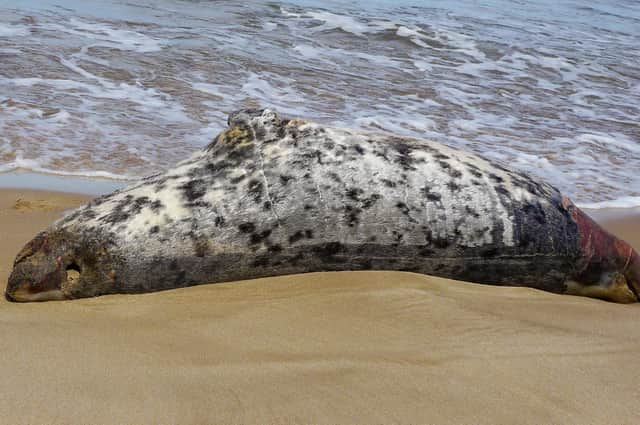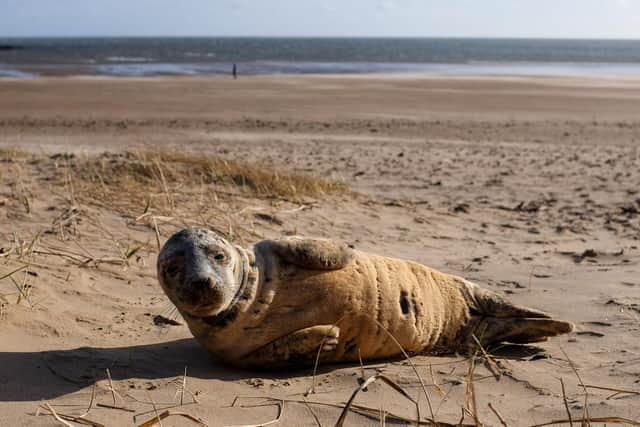Why there has been an increase in the number of dead seals washed up in recent weeks


Multiple sightings of dead seals - with some of the animals’ heads missing - have been reported in parts of Northumberland over the past few weeks.
Washed up pups have been spotted along the coast from Amble as far as Roker beach in Sunderland, raising questions in some residents, who shared the sightings on social media.
Advertisement
Hide AdAdvertisement
Hide AdIvor Clark, chair of Newbiggin-by-the-Sea Dolphin Watch Association and marine science researcher, said members of their Facebook group had reported multiple cases over the past few weeks:


“Our first reports were from 4th January from the Blyth and Cambois beaches.
“The next week saw many more pup carcasses in that plus our bay at Newbiggin and further north to Amble. Some were also found at South Shields.
“We seemed to reach a peak about a week ago when nine seals washed ashore at Cambois. Most likely due to the current flow and wave direction."
Advertisement
Hide AdAdvertisement
Hide AdSeal pups suffer a high mortality and only half of the newborns each year live to their first birthday., Dan Jarvis from the British Divers Marine Life Rescue (BDMLR) said.
He explained: “The estimate is between 50 and 70% of the pups born in a year don’t survive their first year because of all the various pressures that they’re under.
“It's quite a tough life for them and when you combine that with stormy seas, some of them don’t make it unfortunately, which is where some of the dead ones will be coming from potentially, as well as injuries and infections. Those that might have been separated too soon from their mam could starve to death as well.“
According to the National Trust the Farne Islands is home to one of the largest colonies of Atlantic grey seals in England. In 2019 the number of seal pups born on the islands reached a record high of 2,828 - an increase of 50.7 per cent over the last five years.
Advertisement
Hide AdAdvertisement
Hide AdDan said: "At the moment it’s the pupping season for grey seals, of which there’s particularly quite a lot by the Farne Islands, so that’s possibly where quite a few of them are coming from.
“With the larger number of animals around, inevitably you’ll find a large number of potential casualties as well.
And with the neck of young seals being the weakest part of their bodies, head injuries can be quite common.
The sightings can often be gruesome as the animals often suffer head injuries and birds feed on their corpses.
Advertisement
Hide AdAdvertisement
Hide AdDan said: “It’s usually due to decomposition and also scavenger damage by seabirds."
Northumberland County Council said: "As a council we will recover dead seals and other animals from areas we are responsible for, this includes popular beaches between Seaton Sluice and Amble.
"We have currently recovered around 20 this breeding season, slightly more than normal. This could be due to a range of factors including sea and weather conditions, parasites, and shortage of food due to the conditions."
The sighting can often be gruesome as the animals often suffer head injuries and birds feed on their corpses.
Advertisement
Hide AdAdvertisement
Hide AdDan said: “It’s usually due to decomposition and also scavenger damage by seabirds."